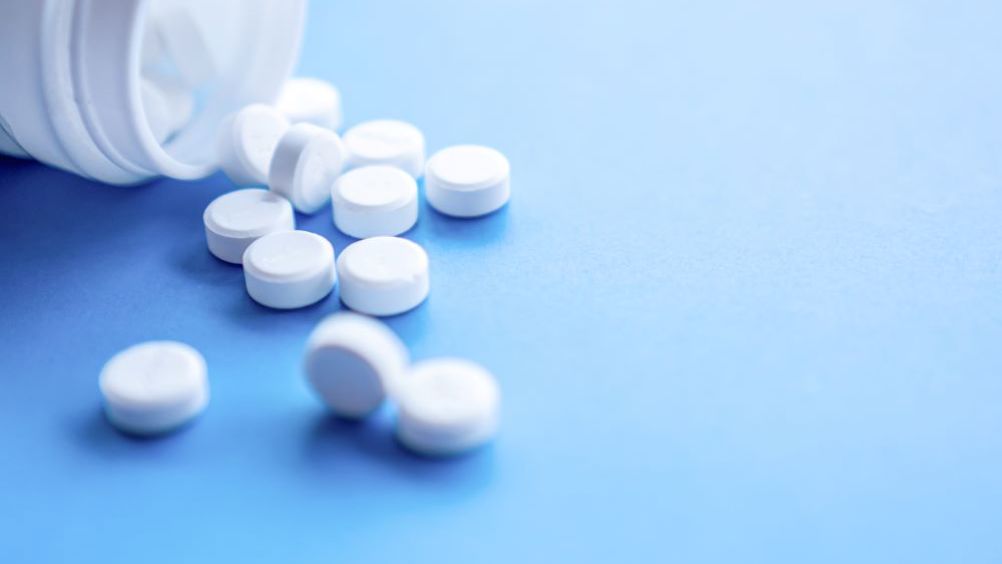Have you noticed your skin gets irritated easily in the sun lately? For some people taking certain blood pressure drugs, sun sensitivity is a frustrating side effect. When your body reacts to small amounts of sun exposure, it’s hard to enjoy outdoor activities.
Even short time frames lead to redness, itching, rashes, and peeling skin. If you’re wondering why this reaction happens with blood pressure meds, here’s an in-depth look at the photosensitivity link. This article explores how to use a medication interaction checker safely.
Examining the Sun Sensitivity Connection
Photosensitivity means skin becomes highly reactive to UV rays, whether from sunlight or tanning beds. Many drugs can trigger this effect as an uncommon side effect. However certain blood pressure medication classes have a higher likelihood of causing sun and heat intolerance issues. These include:
- Diuretics like furosemide and hydrochlorothiazide
- ACE inhibitors such as lisinopril, ramipril
- Calcium channel blockers like amlodipine, and diltiazem
- Beta-blockers including atenolol and metoprolol
Researchers aren’t yet certain why this happens. One theory is light reacts with medication remnants in skin cells. Another is the suppression of our body’s normal inflammatory and immune defenses.
Either way, photosensitivity remains a frustrating possibility to be aware of with these blood pressure drug classes.

Managing Medication and Sun Exposure
If your blood pressure medication leaves you sun-sensitive, don’t despair. There are solutions for balancing your prescription and outdoor time.
The first step is talking openly with your doctor about symptoms like rashes, itching, bumps, and peeling after sun exposure. They may adjust when you take your meds to see if timing reduces sensitivity. Next, be vigilant about sun protection whenever outdoors, even for short time periods:
- Wear UV-blocking clothes, wide-brimmed hats, and sunglasses.
- Use broad spectrum SPF 30+ sunscreens and reapply often.
- Avoid midday sun hours when possible.
- Watch for heat illness signs like dizziness.
Also, know which skin care products to use if you do get a rash or burn. An anti-itch cream with pramoxine or hydrocortisone can relieve itching. Silvadene cream helps promote skin healing.
If problems persist despite preventive measures, your provider may explore switching your blood pressure prescription. Another class of medication without sun sensitivity risks may be an option.
Emphasize Open Dialogue With Your Care Team
If sunlight causes skin issues during your blood pressure treatment, don’t just stop taking your meds. Photosensitivity frustrates many dealing with high blood pressure. But stopping important treatment raises other health risks.
Instead, keep an open dialogue with your medical providers about side effect concerns. Together explore ways to manage your health issues while enjoying outdoor activities. With some trial and error, most can find an optimal regimen that balances medication benefits and sensitivity risks. Being proactive empowers you to take charge of treatment decisions.


